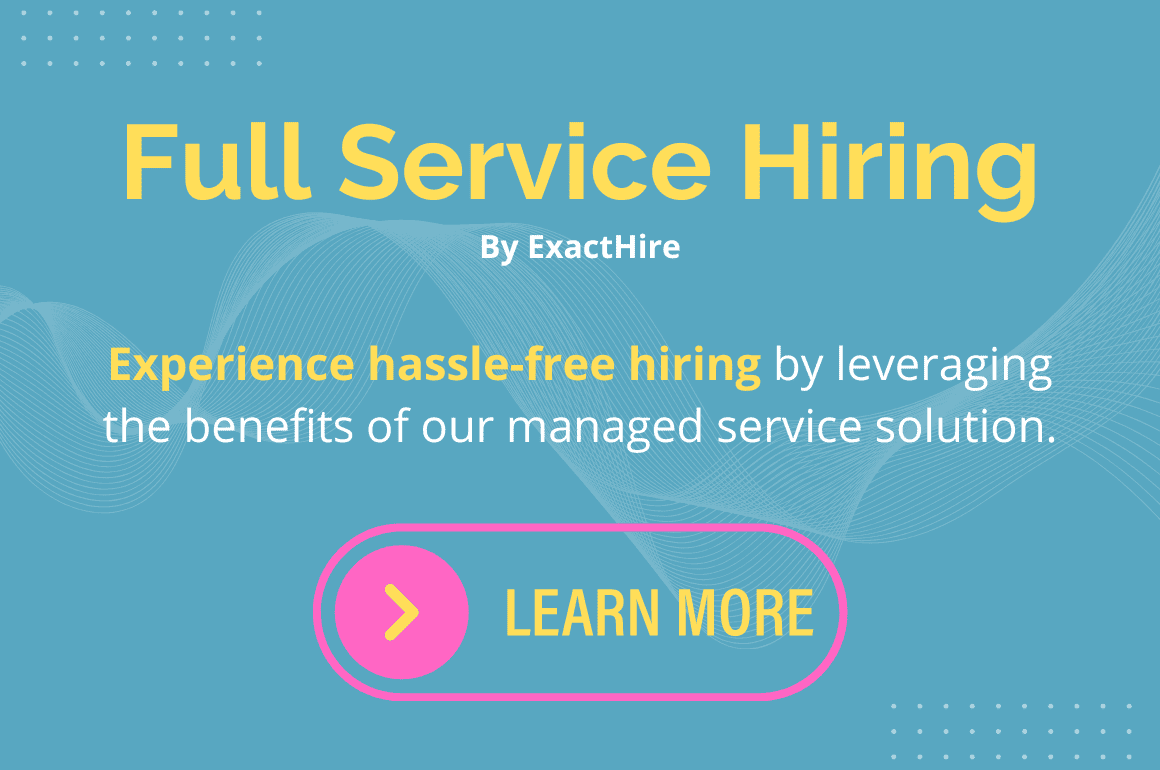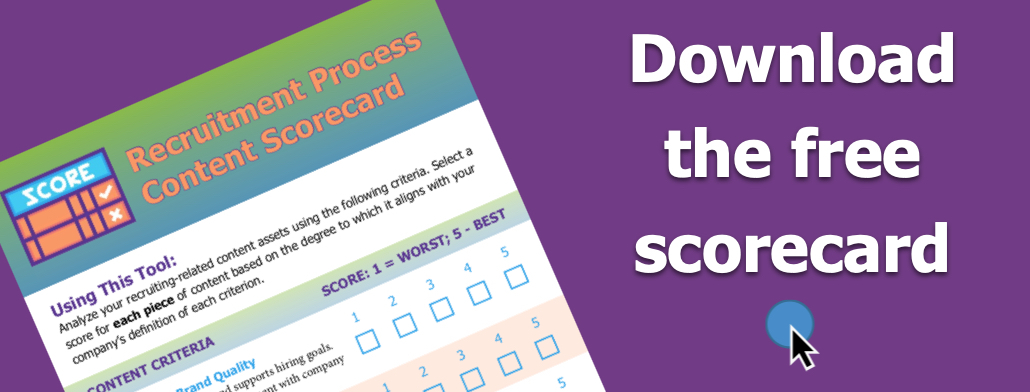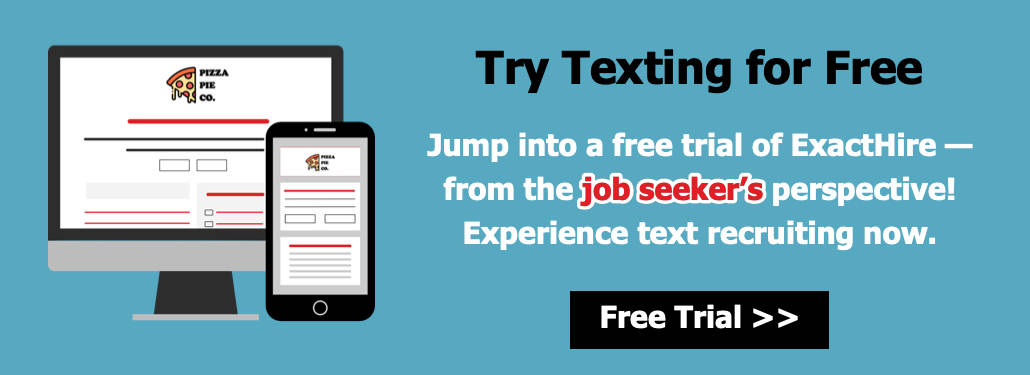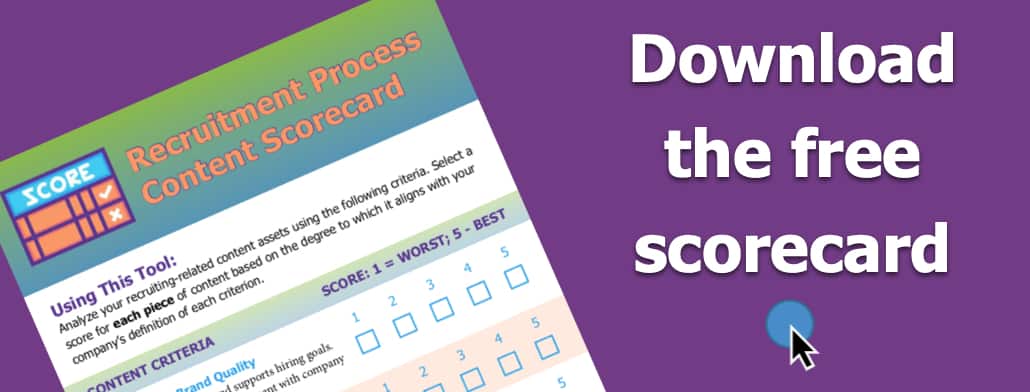Spring Into Action – Interns, Externs, & Apprentices
Filling open vacancies within a company is a daily challenge for Human Resources. Seasoned talent coming from competitors may try to leverage their skills and experience to potentially negotiate. Whether that’s higher salary or benefits packages when seeking employment with a new company. The hiring process can become a game of negotiation between a company and a prospective employer. Unfortunately, the employer will lose prospective talent to a competitor from time to time.
When filling some vacancies, a key talent pool can often be overlooked. Spring has sprung, and ‘tis the season when many new college/university and trade school students will be entering the workforce as new graduates who seek to utilize their skills acquired through advanced education. HR professionals need to explore the new graduate population as resources to fill entry-level and mid-level roles within an organization. New graduates seek work so let’s give them a chance to show what they have learned.
Benefits of New Graduates
New graduates offer a variety of benefits to an employer. From their coursework, they have learned new strategies and educational content that can be applied towards job duties. Group projects throughout their major and general education courses provide opportunities for students to think creatively. They learn to express their ideas while learning from others’ perspectives. They must plan and strategize to meet timelines and goals to ensure delivery of successful projects. Communication, collaboration and team building are transferable skills that are essential in the workforce and are key components of higher education learning experiences.
There are different ways students can acquire relevant experience that relate directly to the role(s) they seek in their desired industry(ies). Internships, externships and apprenticeships are three experience opportunities designed to develop business acumen for students. Each of these three experience opportunities have similarities and differences yet all offer beneficial insights and enhance marketability of new graduates.
Externship vs. Internship
Handshake explains the difference between an externship and an internship. Externships focus on connecting a student with a mentor in a company to learn more about what the mentor does and what tasks, functions and trends are anticipated within an industry. Externships are typically unpaid and short-term. Internships provide hands-on experience within the student’s desired career field. Unlike externships, internships tend to be paid, although if paid, wages are typically low.
Internships tend to earn academic credit and can last up to a year while externships are often a part of a class so no additional academic credit is earned. Externships are often very short lasting up to a few weeks. Apprenticeships are typically full-time training programs leading to industry recognized certifications and full-time employment using those specific skills. Internships and externships do not always lead to permanent employment with the organization in which the student completed the internship or externship while apprenticeships are the opposite.
Unique Advantages of New Graduates
Hiring new graduates to fill vacant roles provide a myriad of benefits to an employer. New grads are anxious to find a job that allows them to use their skills from training. They want to be self-sufficient, make money and pay off any existing loan debt so employment is a key goal for them. New grads can be easier on the company’s salary budget. Because new grads lack years of formal, industry specific work experience, they may be hired at a lower, but fair, market rate as compared to seasoned talent. New grads can be “molded” by company leadership. Meaning that they can be taught professional and company culture skills more easily.
The “because we have always done it that way” mindset is not firmly implanted in their minds. Whereas tenured employees and job seekers might think this way. Pairing new graduate hires with a mentor can be a big help. They can train the new grad with skills that were not learned in the classroom. Hiring new grads can build career longevity and set the new graduate up for success leading them to pursue internal advancement opportunities as time goes on. Talent stays within the organization which can save time and money on recruiting and onboarding due to turnover.
“Inexperienced” Candidates
If a new graduate does not have an externship, internship or apprenticeship on their resume at graduation time, it does not mean the person does not have pertinent experience or transferable skills applicable to vacant roles within a company. Consider any full-time or part-time employment the student worked while completing higher education. Working while going to school takes time management skills. Being a barista or server requires excellent customer service skills.
Tutoring requires a person to be a subject matter expert (SME) with the ability to communicate knowledge to others in ways students understand. Call center and retail associates must be organized, meet goals and deliver a positive customer experience. Babysitting and nannying require compassion and the ability to keep children safe and entertained. These examples are a fraction of part-time and full-time jobs that students have worked while training. All of these examples encompass transferable skills.
New graduates who have a degree but not experience through externships, internships or apprenticeships can benefit from On-The-Job (OTJ) training provided by the company. OTJ training is especially useful in the manufacturing environment. These graduates may come with technology related training but need specialized training with differing equipment within the work environment. OTJ can be part of a higher education training or trade school training program also.
Recruiting New Graduates
If your organization is ready to recruit for your own internship, externship and/or apprenticeship programs, having a specialized application within your Applicant Tracking System (ATS) will help. Collect essential data such as contact information, college or trade school attending, anticipated graduation, links to portfolios, and answer fields where students can share achievements and awards. Ensure the ATS application collects all the pertinent information needed to select the most prime candidates. Keep open communication flowing with students through text and email.
Make sure that students receive an acknowledgement when they apply and especially if they are not selected so they can plan accordingly. Creating message templates within the company’s ATS can make communication personalized while quick and convenient. Make sure all applicants, whether it be for an internship, externship, apprenticeship or permanent employment, have a positive experience in the recruiting process. Negative experiences can easily travel on social platforms and through word-of-mouth. Create and maintain a positive view of the company’s recruitment process. Leave job seekers with a satisfactory experience so they can share something positive about the company.
Conclusion
Only a few months until the Spring and Summer terms are over. Spring into action now to recruit new talent from the upcoming graduate pool from higher education and trade schools. Make sure the company’s branding on the company website and social media platforms are welcoming to new graduates. Communicate the benefits and why new grads should come to work for the company. Appreciating the talents that new graduates bring can lead to a long-term relationship between graduate talent and the company boosts productivity and profits.





